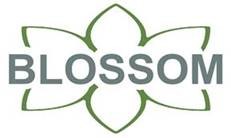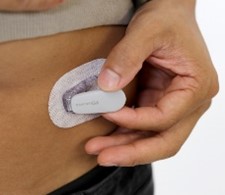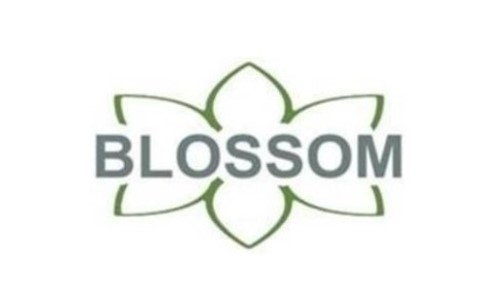BLOSSOM: Blood Sugar Sensing on Maintenance Dialysis
Investigator

What is the BLOSSOM study?
 We want to understand how blood sugars change for people on dialysis. In the BLOSSOM Study, we are measuring blood sugars using new technology to look at patterns in blood sugar levels. By understanding how and when low and high blood sugars happen, we hope to help dialysis patients have more controlled blood sugars and feel better and safer. You do not have to have diabetes to participate. By joining, you can help change the future for many people.
We want to understand how blood sugars change for people on dialysis. In the BLOSSOM Study, we are measuring blood sugars using new technology to look at patterns in blood sugar levels. By understanding how and when low and high blood sugars happen, we hope to help dialysis patients have more controlled blood sugars and feel better and safer. You do not have to have diabetes to participate. By joining, you can help change the future for many people.
Blossom 2.0
Patients with kidney failure treated by dialysis have high rates of adverse health outcomes, including cardiovascular events, infections, falls, and fractures. High and low blood glucose may be risk factors for these poor outcomes that are modifiable with lifestyle and new pharmacologic interventions. This project is a five-year competitor renewal that will extend the original BLOSSOM study, applying state-of-the-art continuous glucose monitoring to dialysis patients to better understand blood glucose patterns and assess whether they are related to relevant health outcomes, filling critical gaps in knowledge that are necessary to design and evaluate new interventions to improve glycemia and related outcomes among people living with kidney failure.
What are the Goals of the study?
- Describe blood sugar patterns in dialysis patients
- Figure out how often and how bad low blood sugar attacks are
- Figure out what might cause unusual blood sugar levels in dialysis patients with diabetes and without diabetes
- See whether blood sugar patterns relate to health problems like falls, infections, and heart problems
Who can join the study?
We want people from all walks of life, races, and age groups to give us the best and complete information.
- Age: Older than 18 years
- Are on dialysis; either in center, home, or peritoneal dialysis.
- Able to speak English, Spanish, Vietnamese, or Chinese
What do I do once I’ve enrolled?
 Wear a Continuous Glucose Monitor (CGM) for 10 days
Wear a Continuous Glucose Monitor (CGM) for 10 days- Wear a Fitbit for the same 10 days
- Complete questionnaires
- Provide a blood sample
- Let the research team follow your health through your medical records
What are participants saying?

- “I forgot I had it on most of the time!”
- “It was easy to wear, streamlined, it survived many baths and showers unharmed.”
- “The entire study process was simple and straightforward.”
- “The CGM was easy to wear, even under a bathing suit. I swim every day and had no problems with it.”
Publications
Medscape:
Continuous Glucose Monitoring Uncovers Hidden Glycemic Risks in Dialysis Patients
Diabetes Technology & Therapeutics:
Accuracy of Dexcom G6 Pro and G7 Continuous Glucose Monitors in Patients Treated with Maintenance Dialysis
JASN:
Glycemia Assessed by Continuous Glucose Monitoring among People Treated with Maintenance Dialysis
Kidney 360:
Patterns in Heart Rate Variability during Hemodialysis
The Seattle Medium:
UW Study Reveals Hidden Glucose Swings In Dialysis Patients Missed By Standard Tests
Who do I contact for more information?
Research Coordinators
blossomstudy@uw.edu
(206) 720-3831





